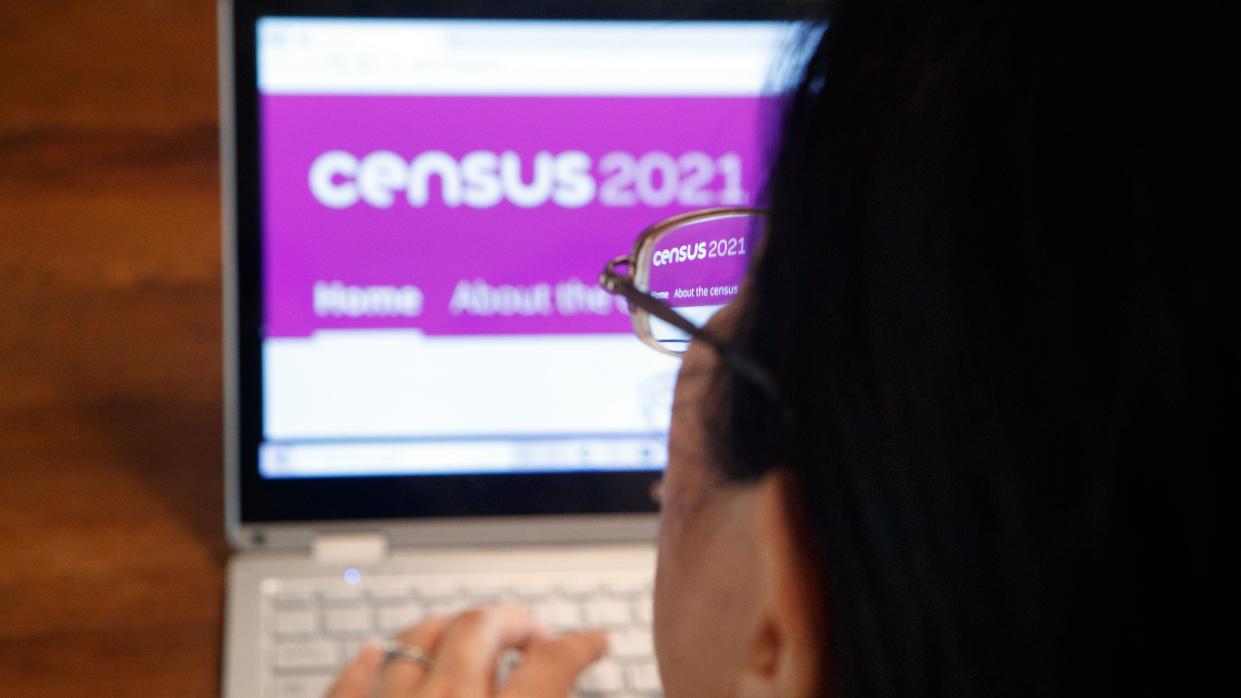Census gender identity data downgraded over ‘confusing’ trans question

Gender identity data from the latest census has been downgraded amid concern some people may not have understood the question properly due to language barriers.
The Office for National Statistics (ONS) said it had requested that the estimates from the 2021 survey are reclassified from being official statistics to “official statistics in development”.
The 2021 census was the first time the voluntary question on gender identity was included in the wide-ranging survey, which takes place every 10 years.
After feedback, and evidence from Scotland's census, we've requested a reclassification of #Census2021 gender identity estimates to official statistics in development. This better reflects the findings coming from the first census question of its kind.https://t.co/eyOC8ej8yv
— Office for National Statistics (ONS) (@ONS) September 12, 2024
It showed that 262,000 people in England and Wales, 0.5% of the population aged 16 and over, reported that their gender identity was different from their sex registered at birth.
Following the publication of the census data, concerns were raised that the question might have been confusing for people whose first language was not English.
Census data on a similar question has recently been published for Scotland and the ONS said that “following user feedback” and taking into account the Scottish findings, it had requested to reclassify the data.
The Office for Statistics Regulation (OSR), which reviewed the data, said it had written to ONS to support the reclassification.
It concluded: “The evidence indicates that people may have found the question confusing and therefore gave a response that did not reflect their gender identity.
“This appears to be more likely for people who do not speak English as their first language.”
In an update in November 2023, the ONS acknowledged there might have been some confusion among people answering the gender identity question.
The OSR said the ONS had been “at times defensive” in the face of criticism of the data.
It noted that, while concerns had been raised that ONS had been “captured by interest groups, leading to a lack of objectivity”, it found no evidence of this and that it is “regrettable that ONS’s defensiveness has created an impression of bias to some external observers”.
The question in Scotland was phrased differently, asking people: “Do you consider yourself to be trans, or have a trans history?”
Figures, published in June this year, found that 19,990, or 0.44% of the adult population in Scotland, identified as trans or have a trans history.
The OSR said on Thursday that national level data, suggesting a trans population estimate of around “one in 200” people aged 16 and over is “not likely to be materially misleading”.
But it said there is more uncertainty around detailed breakdowns for local areas where the data indicates a “higher concentration of people misunderstanding the question”.
The OSR said there are ” lessons to be learned” from what had happened, but that the ONS had “worked with good intentions aiming to address an important data gap on gender identity” and noted the “challenges in collecting data at scale on a sensitive topic for the first time”.
ONS deputy national statistician, Emma Rourke said: “Scotland’s census findings, and other sources, are broadly consistent with our gender identity statistics at a national level.
“However, the available evidence does show there is potential for bias in how the gender identity question was answered by those in England and Wales who responded that they did not speak English well.
“Our request to reclassify better reflects the findings coming from the first census question of its kind and our developing understanding of measuring this complex and important topic.
“We will publish further explanation of the uncertainty associated with the estimates this year, particularly around smaller group breakdowns, along with advice for users, and will work across government and beyond to develop harmonised standards and guidance for collection of data on this topic.
“We welcome the OSR’s support for our request and their latest report.”
Ed Humpherson, director general at the OSR said: “We welcome ONS’s request to us to remove the accreditation of these statistics.
“Our report sets out the reasons that the statistics do not comply in full with the Code of Practice for Statistics, together with the lessons that emerge for ONS, and OSR.”


